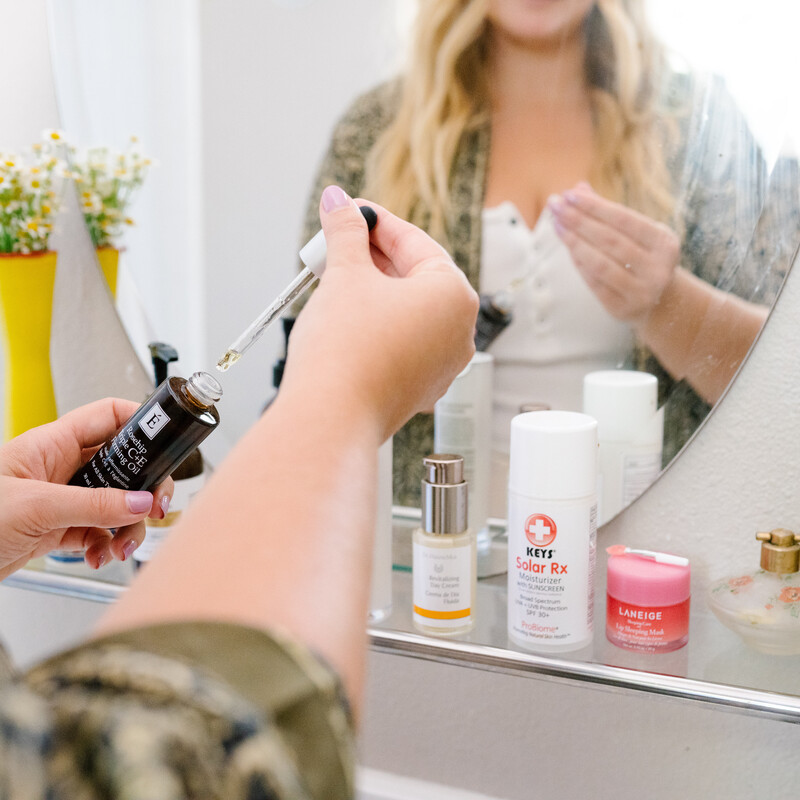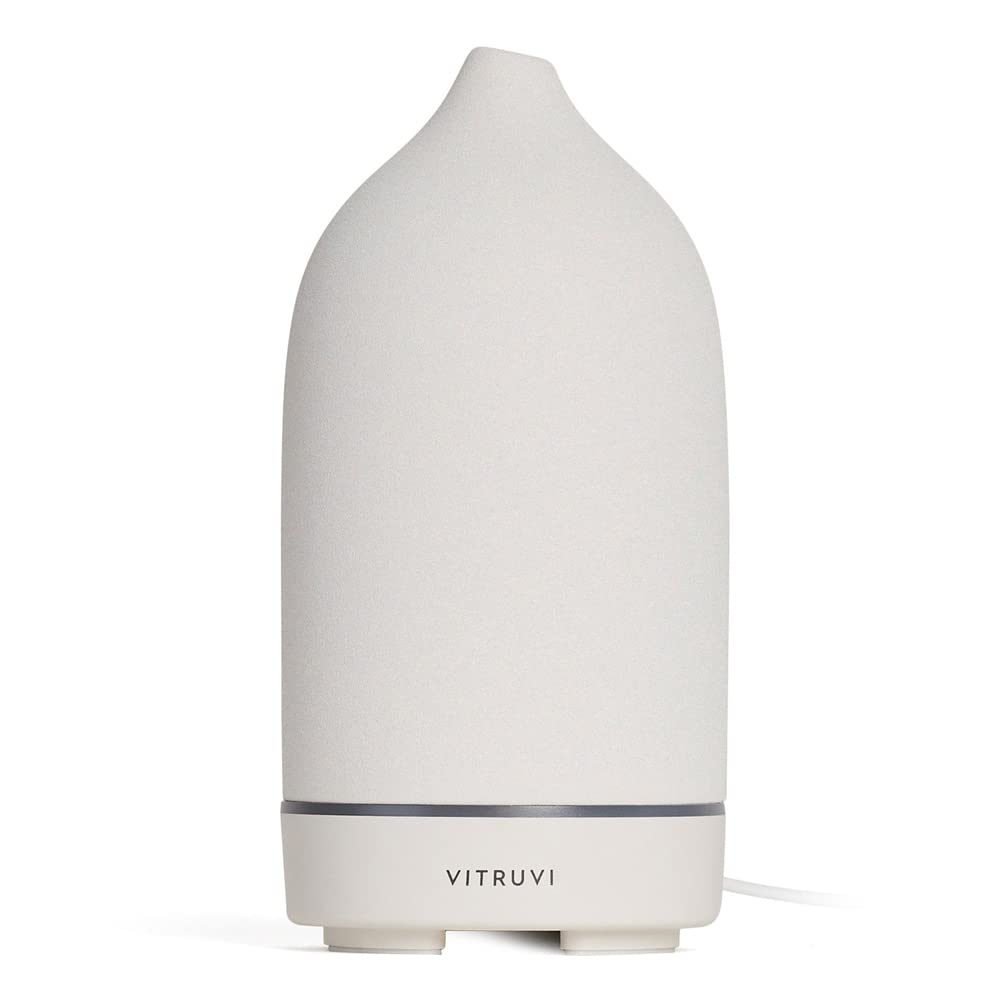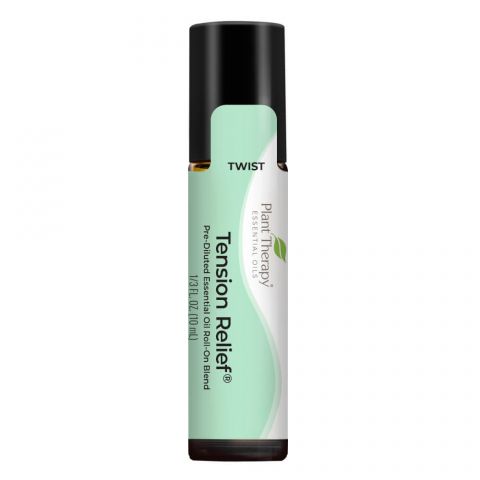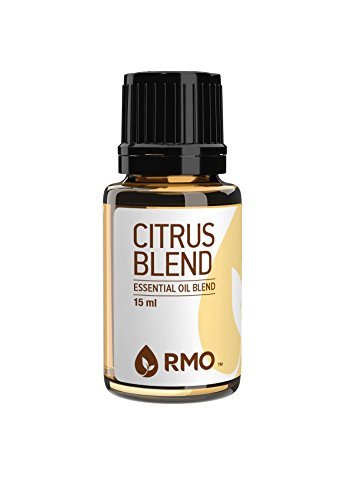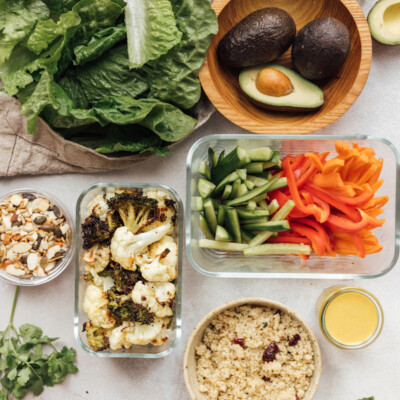As much as I love the look of a chic diffuser, my knowledge of essential oils is embarrassingly lacking. What aromatic ingredient combination works best for creating a soothing atmosphere? What about essential oils for focus? What’s the best way to reap their sensory benefits? And how exactly do they affect our mood anyway?
Given the frenetically questioning nature of that first paragraph, focus seemed like the perfect place to start on my journey to learn more about the world of essential oils. For guidance, I tapped Rachelle Robinett, a clinical herbalist and founder of plant-based remedy brand Pharmakon Supernatural.
Ahead, Robinett walks us through all our essential oils for focus questions, from how they work to their mind-boosting magic to the best way to breathe them in.
Feature image by Belathée Photography.

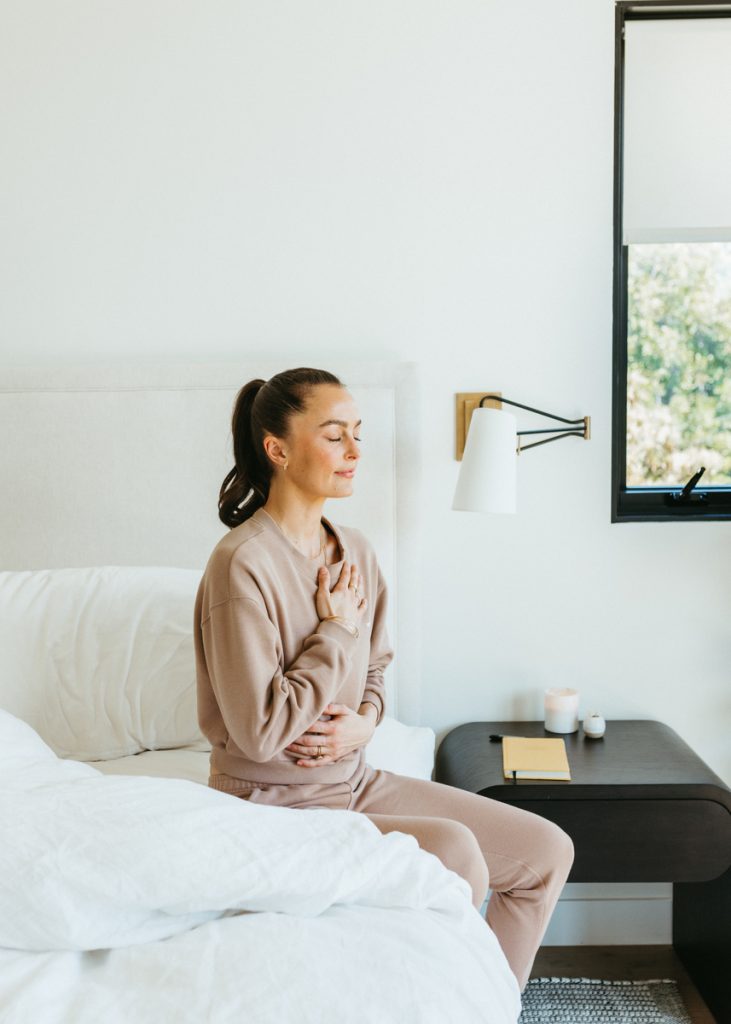

What are essential oils?
Before we get into how they impact our minds, let’s break down what exactly essential oils are.
“Very, very concentrated extracts from plants,” Robinett explains. “So just like a tea or tincture is an extract, essential oils are as well. The difference is that we typically inhale or apply them topically rather than take them internally.”
How do essential oils work?
When essential oils are inhaled, those extracts are able to make their way into our bloodstream very quickly and work their potent magic. “The fact that scent is so closely linked to memory and emotion in our brain also adds to the effect,” Robinett adds.
Just like we reserve certain teas to match our mood or the time of day, we can mix and match our essential oils to cater to our needs—it all depends on the ingredients. The right combination can lift your mood, increase circulation, reduce inflammation, improve clarity, help you relax, and much more.
It should also be noted that not all essential oils are created equally, and there is, unfortunately, little regulation. In order to avoid essential oils diluted with inexpensive additives, look for labels that say “non-GMO” or “therapeutic grade.” If you see a bottled labeled “fragrance oil” or “perfume oil,” it’s likely not very pure—and almost certainly not non-toxic.


What is the best way to breathe in essential oils?
We know essential oils work best when breathed in, but because they are so concentrated, it’s good to have an inhalation strategy. “Sometimes, simply opening the bottle is enough!” says Robinett, who uses this method with Rosemary and Hinoki—two oils that are always on her desk.
Generally, however, Robinett recommends diffusing essential oils or mixing them with a carrier oil (like jojoba, coconut, or avocado) before applying them to your body.
Vitruvi Ceramic Stone Diffuser
This ultra stylish diffuser is a perfect blend of aesthetics and powerful, aromatic steam.

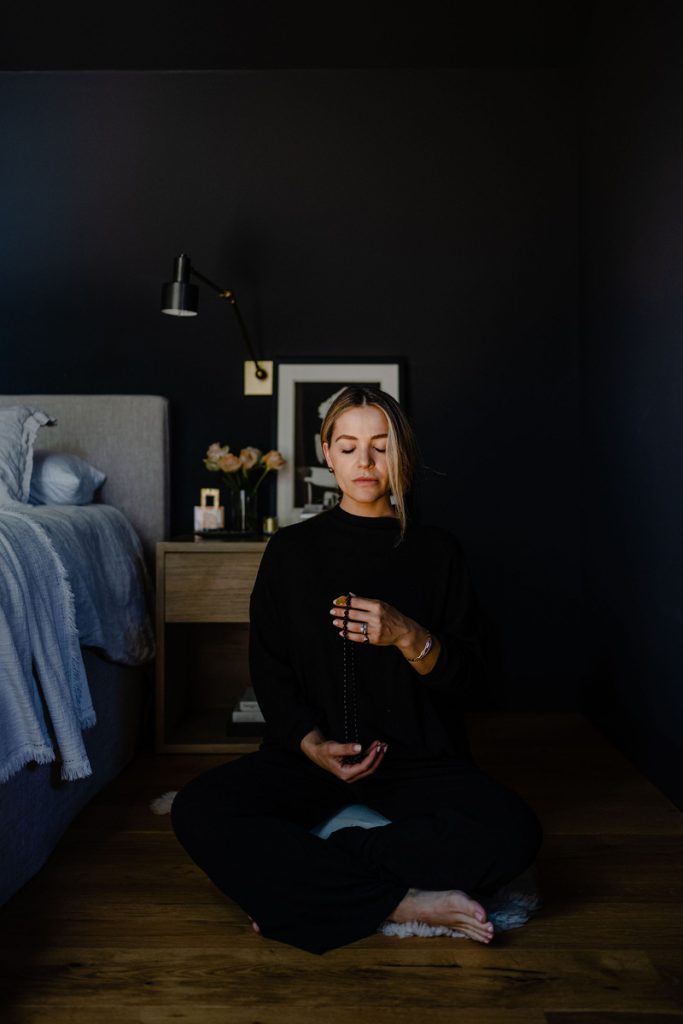
What are the best essential oils for focus?
When looking for mind sharpening oils, Robinett recommends ingredients that fall under the nootropics category.
“Nootropics are herbs and ingredients that improve memory, focus, and concentration,” Robinett explains. “They’re best for clearing brain fog and reaching flow. Nootropics work to reduce inflammation, especially in the brain, and improve circulation.”
A couple of her favorite nootropic blends: Rosemary + Lavender, Peppermint + Holy Basil
Plant Therapy Tension Relief Essential Oil Blend
This gorgeous mix from high-quality brand Plant Therapy features a potent mix of Robinett’s favorites.


The herbalist is also a fan of citrus—lemon and grapefruit especially. “Citrus is great for lifting your mood and minimizing cravings, which can distract from concentration,” Robinett adds.
Rocky Mountain Oils Citrus Blend
A well-loved blend from another trusted essential oils brand offers a mix of grapefruit, lemon, lime, and orange.


